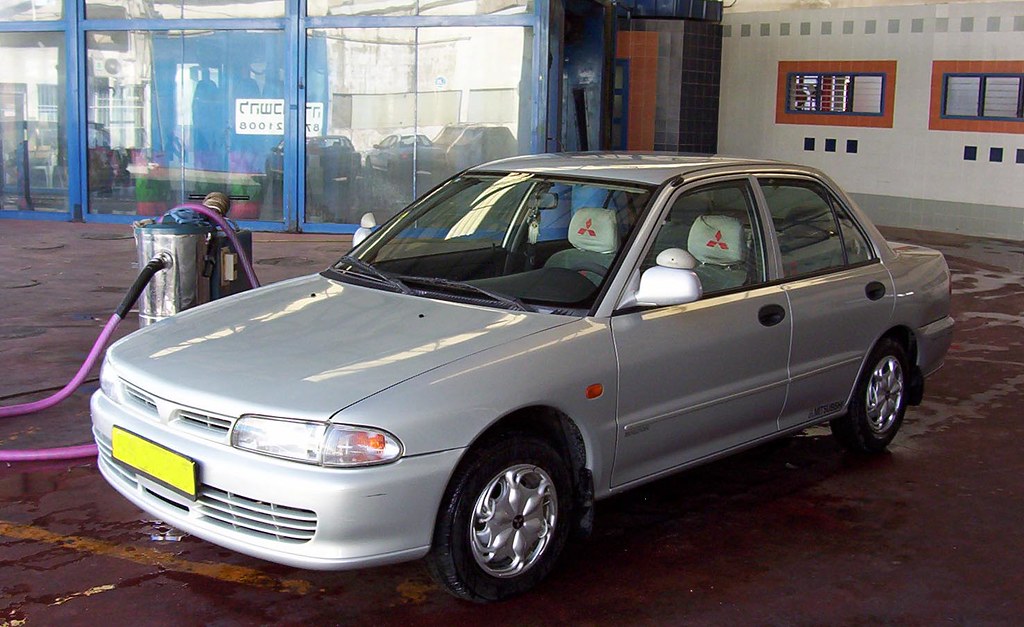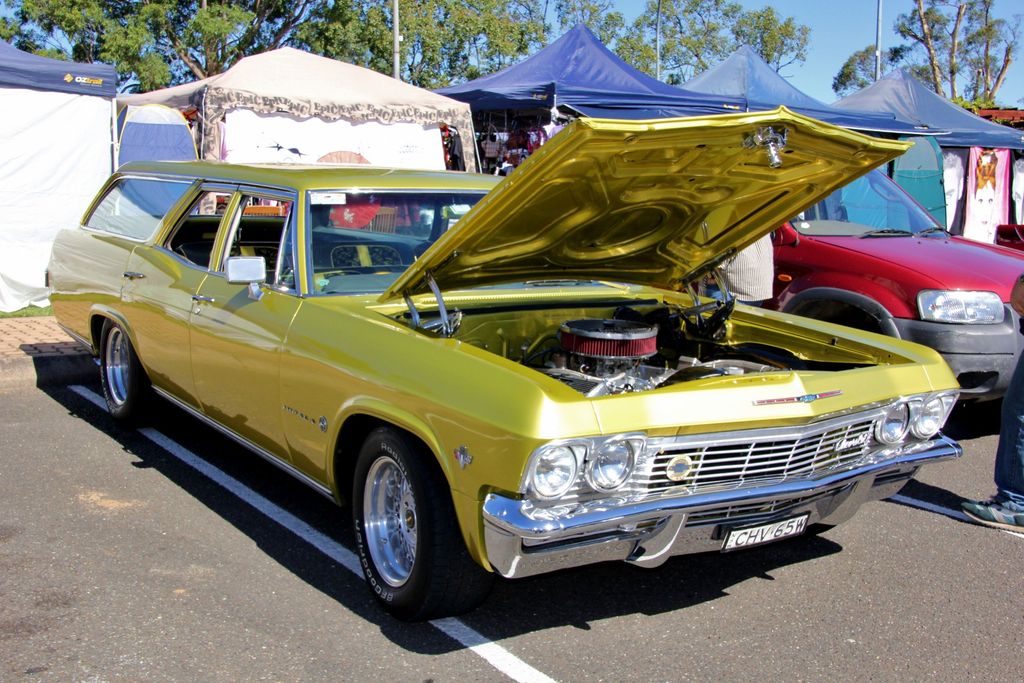
The rumble of a big, naturally aspirated engine used to be the automotive equivalent of a rock anthem, a visceral declaration of power and capability. But if you’ve been behind the wheel of anything new lately, especially a beastly SUV, you’ve probably noticed something jarringly different: the soundtrack is quieter, and the engine under the hood is… well, *much* smaller. It’s like discovering your favorite heavy metal band now primarily uses a ukulele. The raw, unfiltered emotion that once defined motoring seems to be giving way to a more pragmatic, yet often less engaging, experience.
This isn’t just a quirky anomaly; it’s a full-blown revolution, or perhaps a capitulation, depending on your perspective. Ford arguably kicked off this seismic shift a decade ago, boldly swapping out those beloved V8s in its F-Series pickups and Expedition SUVs for its “EcoBoost” V6 engines. This trickle quickly became a deluge, sweeping across the industry, driven by hybrid technology, advanced turbocharged powertrains, and stricter global fuel economy regulations. And here’s the kicker: while engines have shrunk, the vehicles themselves have only gotten bigger and heavier, turning once-outlier behemoths into common sights on our roads.
So, what precisely *happened* to those once-standard engine sizes? We’re diving deep into the automotive labyrinth to dissect why the internal combustion engine is undergoing such a dramatic diet, what this truly means for your daily driving experience, and why the engine configuration you once knew, and perhaps deeply loved, is rapidly becoming a relic of a bygone era. Prepare to have some deeply held assumptions challenged, because the answers are as complex as a modern ECU and just as critical to understanding the metal you’ll be piloting in the years to come.
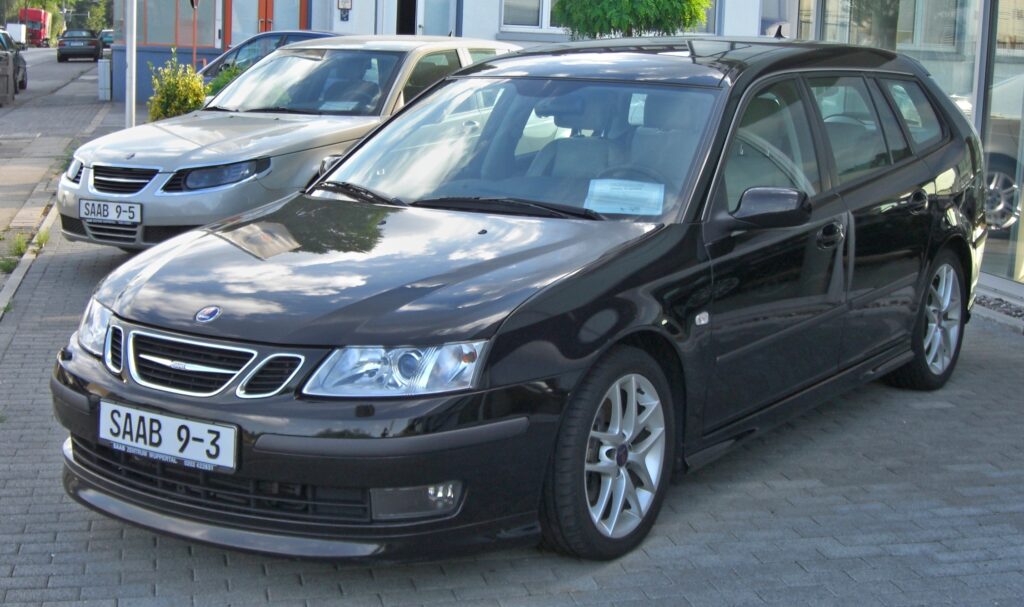
1. **The Great V8 to Turbo V6 Swap: Ford’s EcoBoost Leading the Charge**Remember the good old days when a V8 under the hood of a full-size truck or SUV was as American as apple pie? They reigned supreme, delivering that unmistakable rumble and seemingly endless torque. Then, about a decade back, Ford decided to stir the pot, ushering in its “EcoBoost” V6 engines as direct replacements for those stalwart V8s in the F-Series and Expedition. This was a fundamental shift, a calculated bet on forced induction to deliver power and efficiency that V8s struggled to match, at least on paper.
The strategy was simple: take a smaller displacement engine, strap on a couple of turbos, and suddenly you’ve theoretically got V8-like power with V6-like fuel economy. This proved a compelling proposition for manufacturers facing tightening regulations. The new Lexus LX600 and Infiniti QX80, for instance, now sport twin-turbo V6 engines, bidding farewell to the V8s that powered their predecessors. Numbers often look good: the V6 QX80 gained 50 horsepower and a 13% improvement in EPA fuel economy, while the LX600 boasted 26 more horsepower and a whopping 36% bump in fuel economy compared to the outgoing V8 LX570.
Beyond raw horsepower, these turbocharged engines tend to have “more bountiful mid-range torque than naturally aspirated engines,” as Gabe Shenhar of Consumer Reports noted. For drivers, this translates to a feeling of more effortless acceleration, making these V6 turbos feel punchy and responsive in everyday driving. This is a win for carmakers, burning less fuel while often making more power, a neat trick that helps them comply with stringent emissions and economy regulations without abandoning ICE options for EV-phobic consumers.
However, for many enthusiasts, the shift from a visceral, naturally aspirated V8 to a more complex, boosted V6 felt like an undeniable downgrade in character, regardless of what the spec sheet suggested. The distinct sound, the linear power delivery, the mechanical goodliness of a big V8 – these were intrinsic parts of the driving experience that a boosted V6, no matter how capable, struggled to replicate. It marked the beginning of a new era where efficiency metrics began to overshadow the emotional connection many had with their engines.
Car Model Information: 2024 Ford F-150 Lightning LARIAT
Name: Ford F-Series
Caption: 2022 Ford F-150 Lariat Luxury
Manufacturer: Ford Motor Company
Aka: Ford Lobo (Mexico, 1992–present)
Production: 1948–present
Class: Pickup truck#Full-size pickup truck
Layout: Front-engine, rear-wheel-drive layout,rear-wheel drive
Predecessor: 1941 Ford
Categories: All-wheel-drive vehicles, All Wikipedia articles written in American English, All articles that may contain original research, All articles with unsourced statements, Articles that may contain original research from September 2020
Summary: The Ford F-Series is a series of light-duty trucks marketed and manufactured by the Ford Motor Company since model year 1948 as a range of full-sized pickup trucks — positioned between Ford’s Ranger and Super Duty pickup trucks. Alongside the F-150 (introduced in 1975), the F-Series also includes the Super Duty series (introduced in 1999), which includes the heavier-duty F-250 through F-450 pickups, F-450/F-550 chassis cabs, and F-600/F-650/F-750 Class 6–8 commercial trucks.
The most popular version of the model line is the F-150 pickup truck, currently in its fourteenth generation (introduced for the 2021 model year). From 1953 to 1983, the entry-level F-Series pickup was the 1⁄2 ton F-100. Starting in 1984, the F-150 became the entry-level. The F-150 has a long-running high-performance off-road trim level introduced for 2010, the (SVT) Raptor currently consisting of three generations. Production of the F-150 SVT Raptor ended in 2014 and was succeeded in 2017 by a new F-150 Raptor, which is based on the thirteenth and fourteenth generation F-150.
The F-Series trucks have been developed into a wide range of design configurations. Alongside medium-duty trucks and “Big Job” conventional trucks (the forerunners of the Ford L-series), the model line has been marketed as a chassis-cab truck and a panel van (a predecessor of the Ford E-Series). The F-Series has served as the platform for various full-sized Ford SUVs, including the Ford Bronco, Ford Expedition/Lincoln Navigator, and Ford Excursion. The F-Series has been marketed by its three North American brands: by Mercury as the M-Series (in Canada from 1948 to 1968), and by Lincoln in the 2000s, as the Blackwood and the later Mark LT (2010s for the latter in Mexico only).
Since 1977, the F-Series has remained the best-selling pickup truck line in the United States; it has been the best-selling vehicle overall since 1981. The F-Series has been the best-selling truck in Canada for over 50 years. As of the 2018 model year, the F-Series generated $41 billion (~$50.3 billion in 2024) in annual revenue for Ford. By January 2022, the F-Series models have sold over 40 million units. Currently, Ford manufactures the F-Series in four facilities in the United States.
Get more information about: Ford F-Series
Buying a high-performing used car >>>
Brand: Ford Model: F-Series
Price: $57,399 Mileage: 8,303 mi.
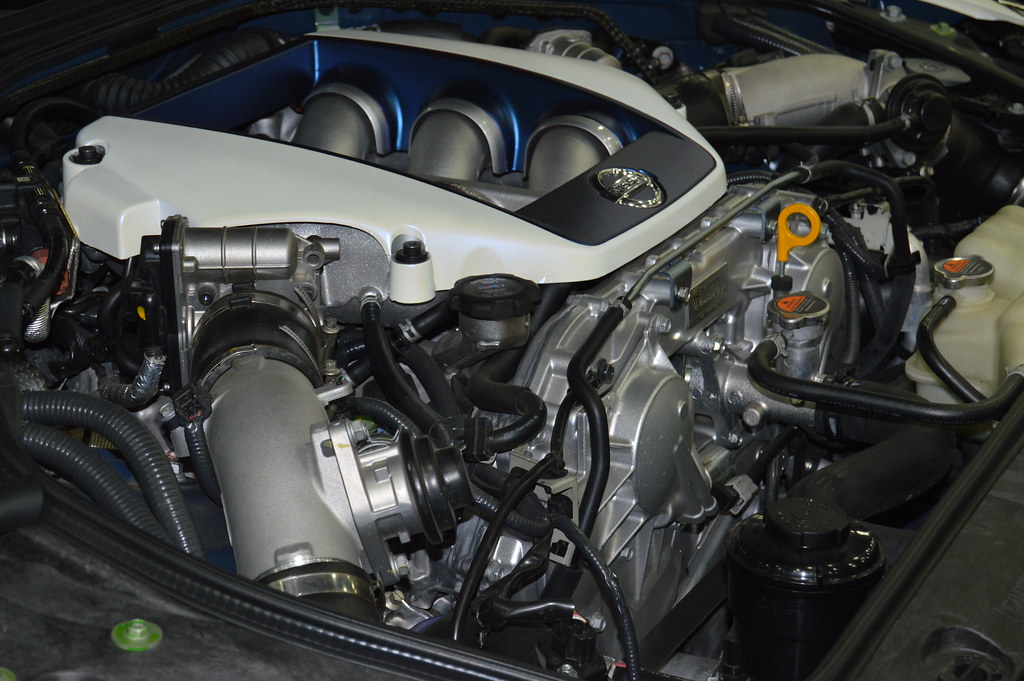
2. **The V6 to Turbo-Four Transition: Mid-Size SUVs Leading This Shift**Just when we were getting used to the idea of a turbocharged V6 replacing a V8, the automotive industry decided to push the envelope further. The next domino to fall was the V6, especially in the popular mid-size SUV segment. Vehicles that once proudly touted their six-cylinder powerplants are now embracing turbocharged four-cylinder engines as their primary, or even sole, option. It’s another clear sign that the relentless pursuit of efficiency is fundamentally reshaping what sits under the hood of America’s family haulers.
Take the Chevrolet Traverse, Infiniti QX60, and Toyota Highlander, for example. All three of these mainstays in the mid-size SUV market recently ditched their V6 engines in favor of turbo four-cylinders. This move often comes with the same theoretical benefits: better fuel economy and, surprisingly, often more power. The four-cylinder Traverse, for instance, gained 18 horsepower and saw a 9.5% bump in fuel economy. These aren’t insignificant improvements when you’re talking about mass-market vehicles where every tenth of a mile per gallon counts for regulatory compliance and consumer appeal.
This evolution isn’t just about meeting regulatory targets; it’s about the ever-advancing capabilities of modern turbocharging and direct injection technology. A 2.0-liter four-cylinder can now genuinely outperform V8s of just a decade ago, all while sipping considerably less fuel. This allows carmakers to offer engines that, on paper, deliver comparable or even superior performance numbers to their larger, naturally aspirated predecessors, optimizing thermal efficiency and cutting energy waste, especially in city driving.
For manufacturers, this also often translates to “Budget Savings in Production and Materials.” Making small displacement engines can be more cost-effective as they use fewer materials and are cheaper to ship en masse. This means the same engine architecture can be utilized across multiple brands and categories, further streamlining production and reducing costs. So, while consumers might wonder where their V6 went, car companies have compelling reasons for its disappearance.
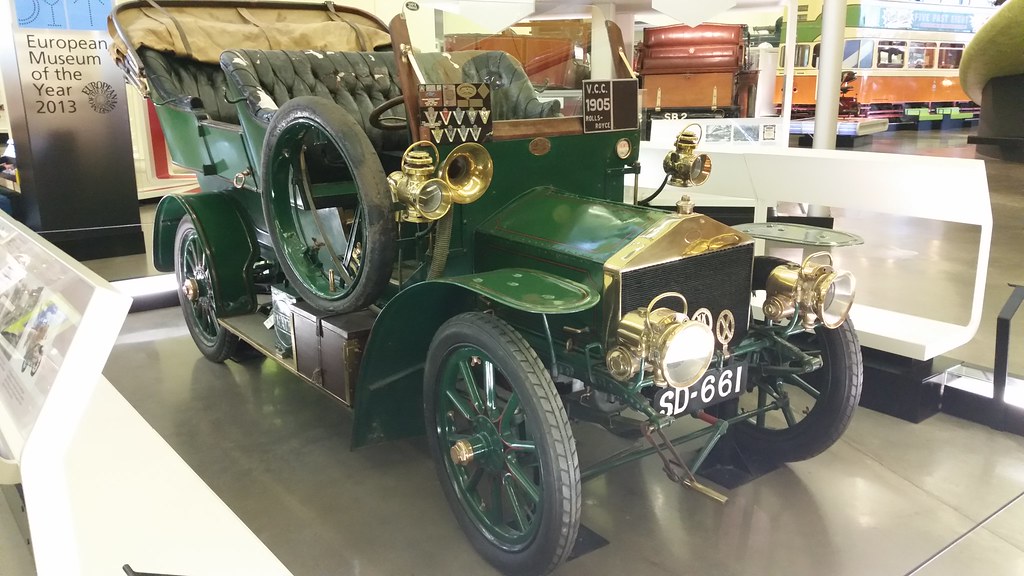
3. **The Rise of the Three-Cylinder: Even Compact SUVs Are Embracing Tiny Turbos**If the V8-to-V6 and V6-to-turbo-four transitions felt like significant leaps, then the emergence of the three-cylinder engine in mainstream vehicles, particularly compact SUVs, is nothing short of a paradigm shift. This isn’t just about shaving a cylinder off a performance car; it’s about putting tiny, turbocharged triples into family haulers that need to be reliable and capable for everyday duty. It’s a move that would have been unthinkable just a few years ago, yet here we are, seeing it become a regular occurrence.
I’ve personally encountered compact SUVs, like the Nissan Rogue, that have downsized their four-cylinder motors to turbocharged three-cylinder engines. This represents the extreme end of the downsizing spectrum for internal combustion engines within conventional vehicles. The idea is to push the boundaries of efficiency even further, extracting as much power as possible from the smallest possible displacement. These engines are marvels of modern engineering, utilizing forced induction, direct injection, and advanced materials to achieve power figures that were once the exclusive domain of much larger engines.
The theoretical advantages are clear: even better fuel economy and lower emissions. With fewer cylinders and less displacement, these engines burn less fuel, producing less CO2 and other harmful byproducts of combustion. They optimize thermal efficiency, reaching optimal temperatures quickly and cutting energy waste. This helps automakers meet ever-tightening emissions regulations, like the EPA Tier 3 and Euro 6d standards, which are becoming increasingly difficult to satisfy with larger, less efficient powerplants. It’s a direct response to global regulatory pressures and the “need to comply with strict policies” aimed at climate change.
However, the perception of a three-cylinder engine, especially in an SUV, can be challenging for consumers. There’s a lingering sense that “more cylinders equals more power” and “smaller means less capable.” While technology has advanced to counter these concerns on paper, the sheer novelty and the distinctive thrum of a three-pot engine can be a mental hurdle. It underscores how much the automotive landscape has evolved, where engineering ingenuity is now focused on making the absolute most out of the least.
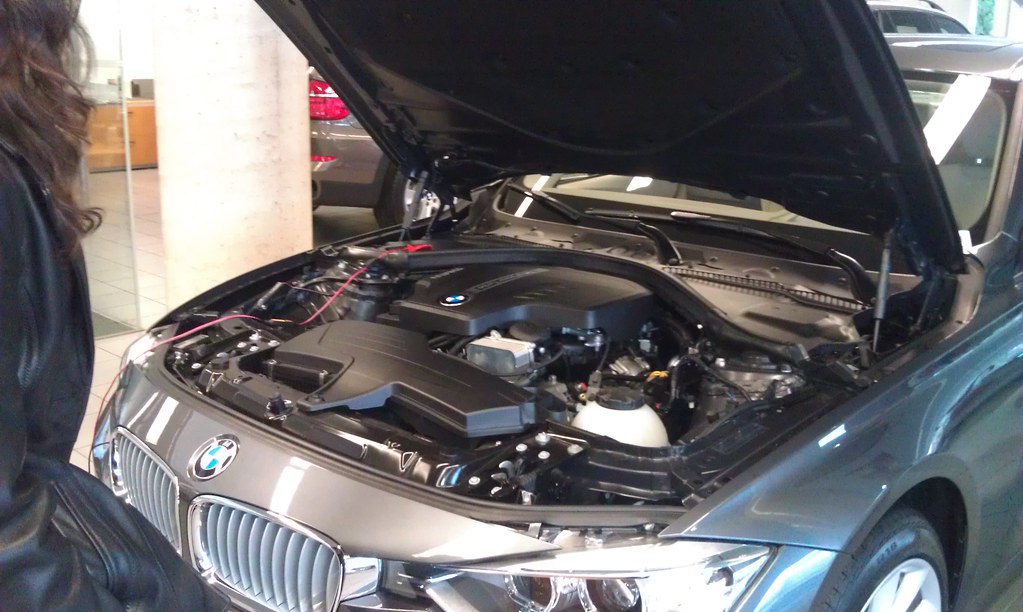
4. **The Upside for Carmakers: Power & Efficiency Gains (Theoretically)**From a purely engineering and regulatory standpoint, engine downsizing has been a godsend for car manufacturers. The transition to smaller, turbocharged engines comes with a host of undeniable benefits, chief among them the ability to burn less fuel *while often making more power*. It sounds like a magic trick, and in many ways, it’s a testament to the incredible advancements in automotive technology over the last decade.
Let’s look at the numbers. The Lexus LX600 gained 26 horsepower and a whopping 36% improvement in fuel economy over its V8 predecessor. The new V6-powered Infiniti QX80 chalked up an extra 50 horsepower and 13% better EPA fuel economy. Even the four-cylinder Chevrolet Traverse gained 18 horsepower and a 9.5% bump in fuel economy. These aren’t marginal gains; these are significant improvements that allow manufacturers to claim superior performance and efficiency, a powerful combination for marketing and sales.
Beyond the headline horsepower figures, there’s a more nuanced, yet equally important, benefit: torque delivery. As Gabe Shenhar of Consumer Reports emphasized, turbocharged engines “tend to have more bountiful mid-range torque than naturally aspirated engines.” For the average driver, this is crucial. It means a feeling of more effortless acceleration, particularly in everyday driving scenarios like merging or passing. That immediate surge of power, without having to rev the engine sky-high, is a tangible improvement that many consumers appreciate.
Furthermore, these smaller, more efficient engines are absolutely critical for carmakers to meet increasingly tighter emissions and economy regulations. Governments worldwide have imposed strict regulatory frameworks, like the EPA’s Clean Air Act and CAFE standards, and Europe’s demanding Euro emissions standards. Joseph Yoon, an Edmunds analyst, succinctly put it: “I think it’s kind of the inevitable reality of being a carmaker right now.” It allows them to continue offering internal combustion engine options to consumers not ready for electric vehicles.
5. **The Downside for Drivers: Unrefined Power Delivery & Questionable Soundscapes**While carmakers might be justifiably thrilled with the theoretical gains and regulatory compliance brought by engine downsizing, the reality for consumers on the road can often be a mixed bag. Despite the advantages, modern turbocharged engines have notable drawbacks, particularly regarding “inconsistent power delivery and a ‘general lack of refinement,'” as Shenhar and Yoon highlight. This isn’t just a minor niggle; it can fundamentally alter the driving experience in ways that aren’t always positive.
One of the most frequently cited complaints is “uneven throttle response.” Shenhar described it perfectly: “You get a little bit of a dead zone initially, then kind of an abrupt belated response.” This phenomenon, often referred to as turbo lag, means that when you press the accelerator, there’s a brief, frustrating delay before the boost kicks in and the engine delivers its power. It can make smooth acceleration a challenge, requiring a learning curve to modulate the throttle effectively.
Beyond the power delivery, there’s the equally important, yet often overlooked, aspect of sound. A V8 or a naturally aspirated V6 often offered a pleasing, robust, and characterful engine note. Downsized turbocharged engines, particularly the smaller four-cylinders and three-cylinders, can sometimes sound, frankly, cheap and tinny. I recently drove a a 2025 Infiniti QX60 with its new turbocharged four-cylinder, and while capable, the engine not only “sounds cheap and tinny but also delivers its powered unpredictable surges.” This lack of a pleasant acoustic signature detracts from the overall premium feel of a vehicle, an important factor for many buyers.
This isn’t just about subjective preferences; it impacts the “enjoyability” of the driving experience. For many, the “character and mechanical goodliness” of a larger, simpler engine are intrinsically linked to the pleasure of driving. Turbocharged engines, with their forced, often synthesized sounds and less linear power bands, can leave enthusiasts feeling disconnected. “No amount of power and torque can replace the feels and smiles you experience once you operate a big, preferably naturally aspirated engine,” as the context eloquently states, highlighting a fundamental disconnect between engineering efficiency and emotional engagement. The pragmatic efficiency often comes at the expense of a certain tactile and auditory pleasure.

6. **The Elusive Promise of Real-World Fuel Economy**Let’s be brutally honest here: one of the biggest selling points for downsized, turbocharged engines has always been the glorious promise of significantly better fuel economy. On paper, those EPA numbers often look fantastic, painting a picture of fewer trips to the gas pump and a lighter impact on your wallet. Car companies parade these figures like a trophy, justifying the smaller displacement and added complexity. But what happens when you actually, you know, *drive* the damn thing?
More often than not, those theoretical gains in fuel economy from turbocharging might as well be a mirage in the desert. The truth is, test bench performance and real-world driving can be two entirely different stories. Take the Nissan Rogue, for instance. Its new turbocharged three-cylinder *should* theoretically offer a three MPG advantage over the naturally aspirated four-cylinder it replaced. Yet, in Consumer Reports’ testing, both engines returned identical fuel economy figures. That’s a direct hit to the marketing claims.
The underlying reason for this frustrating discrepancy lies in how turbocharged engines generate power – and how *you* apply the throttle. These engines are exceptionally efficient when cruising at a steady speed, gently sipping fuel. That’s where they rack up those impressive EPA numbers. But the moment you gun the throttle, the moment you ask for some real oomph, that efficiency goes right out the window.
Every time you aggressively stomp on the gas, demanding that turbocharger spool up and force more air into the engine, you are actively working against those advertised fuel economy gains. You bought a smaller engine for efficiency, but because it’s smaller, you often find yourself pressing harder on the pedal to get desired acceleration, thereby negating the very benefit you sought. It’s a classic automotive Catch-22, leaving many drivers feeling a bit short-changed by the real-world performance compared to the brochure.
Read more about: The Great Automotive Downshift: How High Gas Prices and Economic Headwinds Are Fueling the Resurgence of Smaller, Smarter Cars
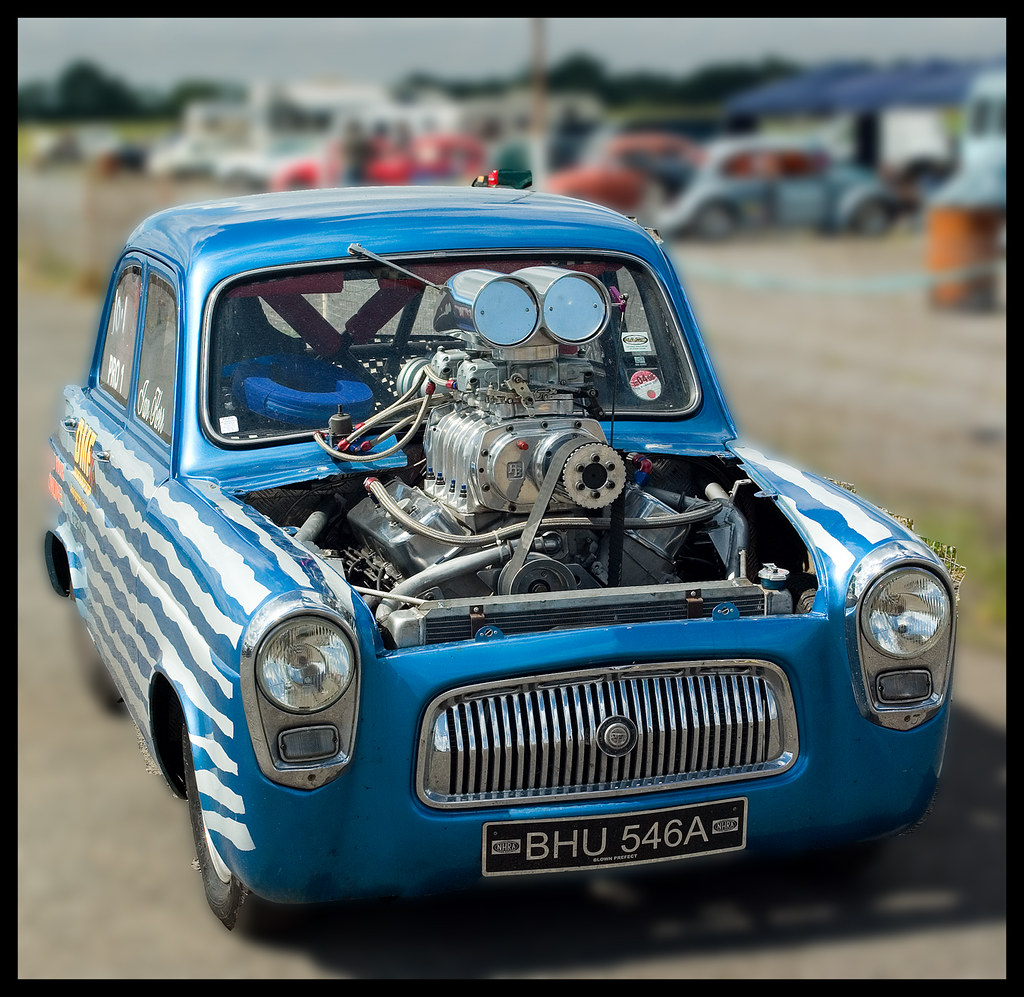
7. **The Lingering Specter of Long-Term Reliability**Now, if you’re an enthusiast, you know that adding power without consequence is a mythical beast. Something always has to give. With downsized, turbocharged engines, that “something” often boils down to the sticky subject of long-term reliability. Turbocharged motors are powerhouses, sure, but they achieve that power by compressing and violently forcing air into the combustion chamber, creating a far more powerful explosion. This process puts immense, often sustained, stress on every single component.
Pistons, valves, bearings – they all endure significantly higher temperatures and pressures. This isn’t just a casual stroll; it’s a high-stress sprint every time the turbo spools. Historically, turbochargers were the domain of sports cars and enthusiasts who understood the trade-offs. Now, these complex, highly stressed systems are widely deployed in family haulers, vehicles needing consistent, reliable transport for years on end, without drama.
As Edmunds analyst Joseph Yoon sagely put it, “I think we’re kind of in semi-uncharted territory in terms of what turbocharging is going to do because I think all auto enthusiasts know you can’t add power without taking things away whether that’s refinement, or whether that’s reliability, something has to give.” It’s a leap of faith for the industry, pushing these complex designs mainstream, and long-term data simply isn’t robust enough. Are these everyday turbos built for the long haul, or are we setting ourselves up for a wave of expensive repairs a decade down the line?
The answer, frustratingly, remains opaque. While Consumer Reports notes reliability depends more on individual automaker’s engineering and quality control, the fundamental physics of forced induction remain. More power per cylinder means increased stress, which *can* lead to failure. It’s a delicate balance; while modern advancements mitigate concerns, complexity often begets more points of failure, potentially decreasing durability. For consumers, this is a potential gamble, a question of future repair bills.
Read more about: The 15 Most Common Reasons Your EV Charging Station Might Fail: A Consumer Reports Guide to Reliability and Solutions

8. **The Hidden Costs: Increased Complexity & Maintenance**Let’s talk about the often-overlooked financial impact of this downsizing trend: increased complexity and, by extension, potentially higher maintenance costs. It’s a drawback not immediately apparent on the dealership lot but can certainly make its presence felt down the road. Carmakers celebrate the efficiencies of smaller, more advanced engines, but they often gloss over that “more advanced” means “more intricate” and “more expensive to fix.”
Modern downsized engines are marvels of engineering, packed with direct injection, intricate variable valve timing, and those beloved turbochargers. Each component adds layers of complexity absent in simpler, naturally aspirated engines of yore. When something goes wrong in these highly integrated systems, diagnosing and repairing it can be significantly more technical, and therefore more costly.
This increased complexity doesn’t just affect components; it trickles down to your local garage. Not all mechanics are equally familiar with the nuances of these specialized engines. Working with these advanced powerplants requires specialized tools, updated diagnostic software, and deeper understanding of intricate engine management systems. If your trusted independent mechanic isn’t up to speed, you might find yourself heading to the dealership, where labor rates and parts prices can often be significantly higher.
Ultimately, modern engines often require stricter maintenance schedules. Missing an oil change or neglecting a filter in a naturally aspirated V6 might have been forgivable. But in a highly stressed, turbocharged three-cylinder, such oversights can have far more severe and expensive consequences. If you’re piloting a small engine model with big power, you’d better keep those maintenance records impeccable, because your engine’s longevity and your wallet’s health might just depend on it.
Read more about: The 15 Most Common Reasons Your EV Charging Station Might Fail: A Consumer Reports Guide to Reliability and Solutions
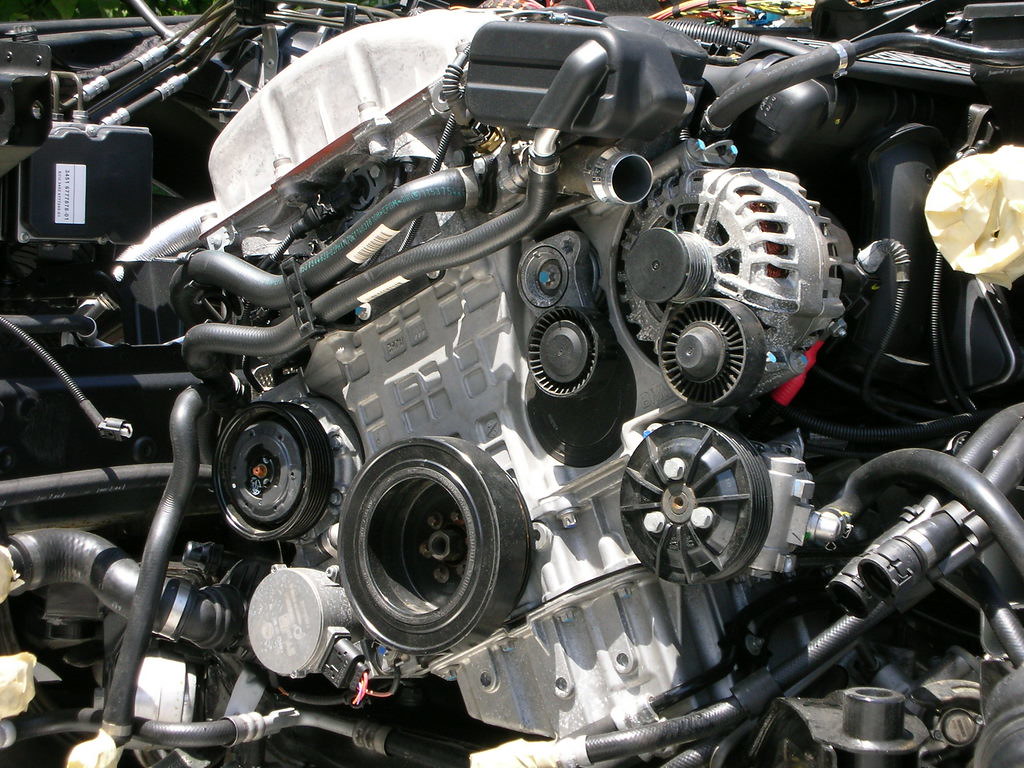
9. **The Regulatory Hammer: Forcing the Downsizing Trend**It’s easy for us enthusiasts to grumble about the loss of character, the sounds, and the real-world compromises of downsized engines, but let’s not forget the elephant in the room: relentless, increasingly stringent global emissions regulations and efficiency standards. Automakers aren’t just downsizing on a whim; they’re doing it because governments worldwide are wielding a regulatory hammer, forcing them to keep their overall emissions footprint in check or face monumental fines.
In the United States, the Environmental Protection Agency (EPA) enforces regulations under the Clean Air Act (CAA) and Corporate Average Fuel Economy (CAFE) standards. The latest EPA Tier 3 demands even lower NOx and particulate matter emissions, pushing automakers inexorably towards smaller, turbocharged engines for compliance. It’s a clear directive: comply, or pay up.
Across the pond, Europe has set the bar even higher. The Worldwide Harmonized Light Vehicles Test Procedure (WLTP) replaced the older, less realistic NEDC cycle, aiming to provide actual real-world driving data. Automakers can no longer game the system with theoretical lab results; their downsized engines *must* perform efficiently under much more stringent real-world conditions, factoring in variables like speeds, road conditions, and vehicle loads. It’s a brutal gauntlet.
The real heavyweight for European automakers are the notorious Euro emissions standards, arguably the toughest tests globally. With Euro 6d and the looming, more restrictive Euro 7 (2025), turbocharged small engines are quickly becoming the *only* viable internal combustion option before electrification. Brands like VW, BMW, and Mercedes-Benz, once stalwarts of larger engines, have adopted downsizing strategies as a direct response to these uncompromising mandates.
So, while consumer demand for fuel-efficient engines plays a role, and budget savings in production are a bonus, make no mistake: the primary driver is the iron fist of regulation. Carmakers navigate a minefield of legal requirements, and downsized, turbocharged engines represent their best, most immediate solution to keep selling ICE vehicles in a legislatively controlled world. The engine you get isn’t always what you want, but what the law demands.
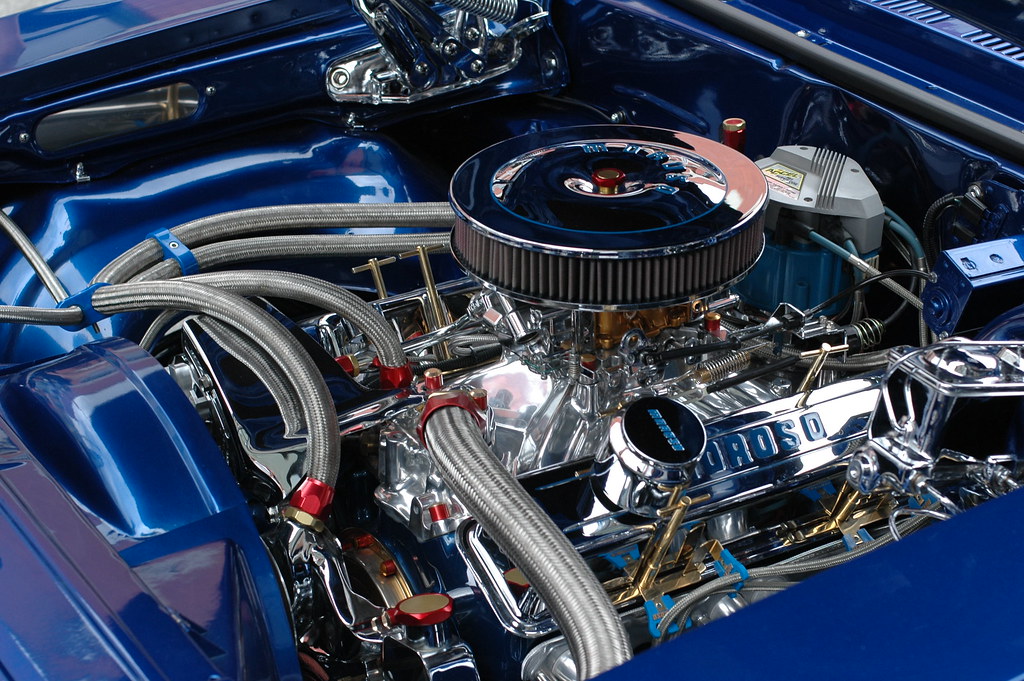
10. **The Shifting Sands of Consumer Priorities: Beyond the Engine**Perhaps the most profound, and for some, heartbreaking, shift in the automotive landscape isn’t about regulations or engineering, but about us – the buyers. There’s a growing sentiment that car buyers simply “don’t care about engines anymore,” a provocative statement by Ford’s Vice President John Lawler. He believes the era where engine power, size, and intricate tech specs captivated consumers is fading, superseded by entirely different priorities. Looking at the market, he’s got a point.
Lawler argues this change reflects how cars and people’s lives are evolving. Today’s buyers aren’t just looking under the hood; they’re assessing the whole package, prioritizing features that align with a modern, connected lifestyle. It’s not just electric cars making engine features less important; it’s a broader recalibration of what constitutes “value.” For many, the engine, once the undeniable soul of the car, is now just another component in a larger ecosystem.
Think about what truly grabs attention on a dealership lot or in reviews: the size of the digital display, intuitive infotainment systems, seamless smartphone connectivity, and advanced driver-assistance technologies. These features dominate conversations, influence purchases, and often make or break a sale. The roar of a V8 or the linear power delivery of a naturally aspirated V6 simply don’t resonate with the average car buyer the way they used to.
The market dominance of SUVs illustrates this. Buyers flock to these vehicles for practicality, commanding seating, expansive interior space, and a plethora of tech gadgets. The engine, while needing to be adequate, is rarely the primary selling point. Enthusiasts, who still chase the raw emotion of a specific powertrain, are becoming an increasingly niche demographic in a market driven by convenience, perceived safety, and digital bells and whistles.
While manufacturers like Toyota and Honda still throw us a bone with exciting, engine-focused models, and Ford keeps the Mustang’s V8 heart beating, these are the glorious exceptions. The future of driving, for the vast majority, is no longer about the visceral connection to a mechanical beast. Instead, it’s about a vehicle that seamlessly integrates into a digital, environmentally conscious, and practical lifestyle. The engine still matters, yes, but for a dwindling number, it’s no longer the be-all and end-all of their automotive desires.
Read more about: Unlock Incredible Savings: 14 Expert Phrases to Negotiate a Lower Price on Anything
So, we’ve journeyed deep into the downsizing dilemma, unearthing theoretical gains, real-world compromises, financial implications, and regulatory pressures that reshaped what powers our vehicles. It’s a complex, often contradictory narrative where engineering ingenuity clashes with emotional appeal, and efficiency metrics sometimes fall flat. Yet, the story isn’t over. Whispers from industry experts hint at an incredible irony: engines might actually start to *increase* in size again, as old downsizing techniques fail newer, more realistic emissions standards. However, don’t uncork the champagne for a V12 revival just yet. The overarching narrative points to an even greater role for electrification, perhaps leveraging smaller, right-sized internal combustion engines in hybrid powertrains. The era of the simple, big, naturally aspirated engine as the default choice is behind us, but the future, while undeniably electric-leaning, still holds fascinating, unpredictable twists. The automotive world is never, ever boring.

